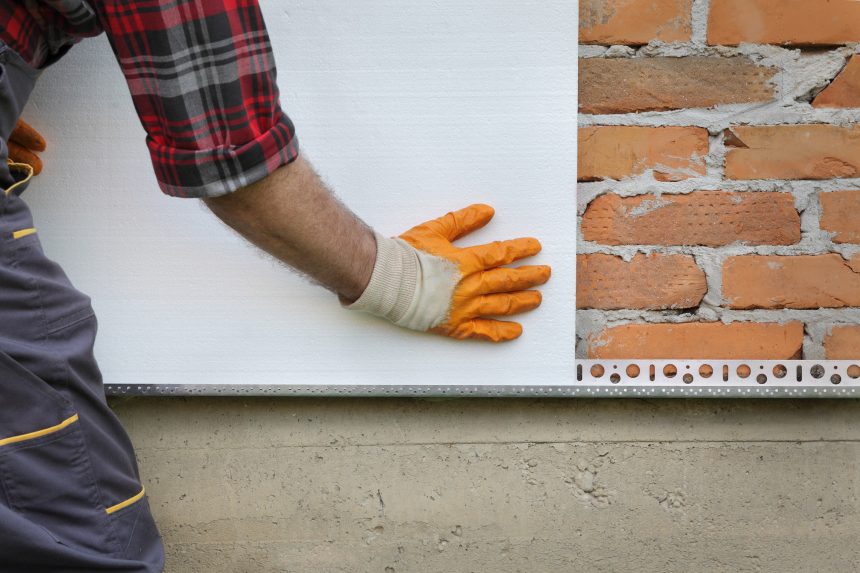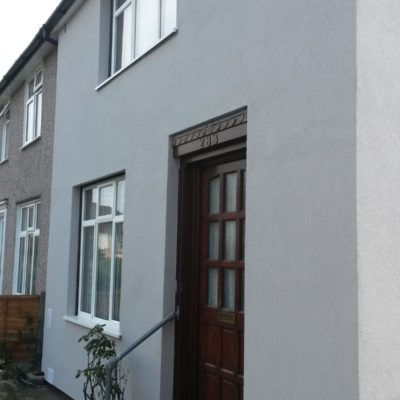Why external solid wall insulation is the answer – and a cavity wall insulation isn’t
Properties built before the 1930s are almost always built with a single skin of brick, which leads to rapid heat loss, expensive heating bills and a cold house. These properties are now being retro-fitted with 100mm of external wall insulation, which brings down the U-Value, or heat transfer, to better than building regulations. This means that the retro-fitted walls are becoming more energy efficient than new build properties. However, after the 1930s, buildings started to be constructed with a gap in between two skins of brick. This was designed to slow down the heat transfer from inside to outside, and increase the efficiency of the property. The problem is that these cavity walls were constructed without any insulation, meaning that the heat transfer is still fairly rapid. Therefore millions of people have now had these retro-fitted with insulation pumped into the cavity. However, there is one problem, it’s simply not good enough.
Why do cavity walls have limitations
A typical cavity wall built prior to the 80’s has a gap of only 40mm. So you can fill this with as much insulation as you can squeeze in, but at the end of the day, when comparing it to 100mm of external wall insulation you wont get anywhere near the same efficiency. This explains why we get lots of people saying that their property is still cold after injecting their cavities with insulation. Although it’s a much cheaper method, it doesn’t get you towards current building regulations.
Solid wall insulation – perfect with heat pumps
One important factor when looking at insulation cavity walls, and comparing them to externally insulated properties is how they work with renewable heat pumps. Retro-fitted cavity walls still leak heat, due to them only having 40mm of insulation fitted within, this means that heat pumps, which required incredibly well insulation properties, do not reach the level of efficiency that they are capable of. This often means that running costs rocket and you end up paying more than you bargained for. Applying external solid wall insulation reduces the U-Value to such an extent that heat pumps not only work incredibly efficiently, but they often only need to be switched on in the deep mid-winter.
External solid wall insulation solves damp
A further negative for retro-fitting cavity wall properties is the issue of damp. Thousands of properties up and down the country, who had their previously unfilled cavities injected, have found that the insulation has caused a build up damp and condensation that has started the formation of mould within the property. The benefits of external solid wall insulation go further than pure efficiency. It provides a complete weatherproof solution that not only prevents water ingress into the cavity, but also protects the brickwork, which maintains property strength.
Don’t just do cavity wall insulation, externally insulate as well
So if you’ve do your cavity wall insulation, don’t think that that is all you can do to improve the efficiency of your property. Not only can it boost the appearance and solve damp issue, but adding 100mm of insulation can drastically cut those heating bills.
















2 comments
I have a cavity wall but it is narrow cavity and cannot be filled. Is EWI the best solution for me or should I look at internal insulation?
Very best,
Sharna
Hi Sharna,
EWI works well on narrow cavity properties. Internal insulation will have the same pros and cons as you get with a solid brick property, so we would always suggest EWI in most cases. Feel free to call us for a quote!